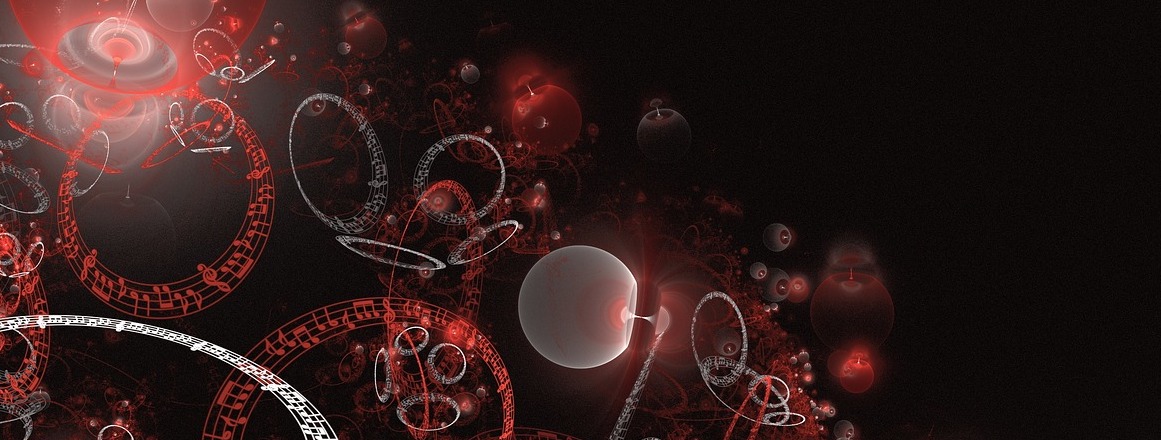
Garik Barseghyan, Pixabay
I have an intense memory of my first lengthy conversation with an artist (also a professor of fine art at my then home university of Leeds) about our respective experiences of bringing to light new work in art and in science. He spoke of his first experimental attempts to realize an original conception, of the confrontation of his ideas with the felt constraints of material—of paint and photographic print, of the necessary reformulation of the original concept, of the repeat of these frustrated assays not once but many times. I found that I could tell the story of almost any programme of scientific research I had experienced in almost precisely the same terms.
The discovery was mutual: if I had been surprised by the element of experimentation and trial in his artistic project, then he had not expected my story of science to speak so vitally of the role of imagination. Not only that, it became clear to us that not only did the intellectual and technical histories of our projects map closely onto each other, but so also our emotional trajectories of excitement, hope, disappointment, rekindling of hope, and resolution found common expression. The more honest the story- telling in art or science, the more entangled and related became the experiences of emotion and cognition. Thinking and feeling are closer under the surface than in our public stories…
I frequently find the same compartmentalized assignments of inspiration and rationality at work today when talking with high-school pupils. When visiting schools for ‘general studies’ discussions of science in society or the importance of interdisciplinary thinking, I like to ask advanced students who have not chosen to study science subjects (when from their intellectual engagement with the material it is clear that they could master anything they chose to) why they made that choice. Among the brightest of them, I never receive the complaint that the sciences seem too difficult, but rather that they appear to lack avenues for creativity and the exercise of imagination.
The conversation sometimes also reflects the expectation of a more playful engagement with the humanities, contrasting with a notion of seriousness and narrowness in the sciences. I find this painful, doubly sad that these young people have been offered no insight into the immense fields for imagination offered by science, and that scientists have failed in communicating its call on creativity…
The formulation of the fruitful question, posed in the right way, constitutes the great imaginative act in science. It requires a developed sense of the current age of thought, of timing. Historian of science and chemist Lawrence Principe has pointed out the appropriateness of asking the question about the structure of the solar system at the turn of the seventeenth century: when Tycho Brahe’s meticulous observations of planetary motion and Copernicus’ inspired partial solution to the new paradigm had opened up a field of potential progress. Kepler’s deductions together with Thomas Harriot’s and Galileo’s assays in turning the new telescopes towards the heavens, made asking about the dynamical consequences of gravity among the sun and the planets fruitful in a sense that it had not in any previous century.
If the scientific imagination is fed by the creative and timely question, it also needs the nourishment of the discontinuous, of leaps in thinking that receive their impulse from some other source than the worthy process of logical deduction. A generation on from the establishment of the orbits of the moon and planets within a heliocentric structure of the solar system, Newton’s great imaginative conception was to contemplate a world in which the fall of an apple sprung from the same universal field of force as the monthly procession of the moon…
The cultural history of the nineteenth century…suggests reappraising the relationship of art and science through another lens: that of theology, among the other humanities. For there are close parallels between the strained relation of science and religion, and that between science and art… in the book Faith and Wisdom in Science…I traced the endeavour we now call ‘science’ back through the renaissance, medieval and late classical worlds into the wisdom writings of our Old Testament texts, in parallel to its philosophical roots in ancient Greece.
That journey led to a recasting of the oppositional ‘geometry’ of theology and science to the mutually encompassing and twinned relationships described by a ‘theology of science’ and a ‘science of theology’. In resonance with Ruskin’s proposal that Wisdom frames art and science together, the narratives of ancient Wisdom appear as the very tributaries of science. The parallels of misconstrual, of mutual suspicion, and, in particular, of projection of science through a filter that removes its roots in longing, in creativity within the pain of distance from the world, strongly suggest that we play with equally fresh geometries of relationship between the humanities, arts, and the sciences….
If we do find familial fellowship between science and art in a deeper reappraisal, then we will surely notice a structural imprint of their shared cultural DNA as we proceed… our journey will explore the hope that science might re-weave a rainbow in a way that Keats might have recognized as poetic, true, and constitutive of the human.
© [Oxford University Press] Extract from The Poetry of Music and Science: Comparing Creativity in Science and Art,by Tom McLeish, published by Oxford University Press, available in hardback and eBook formats, £25.00




